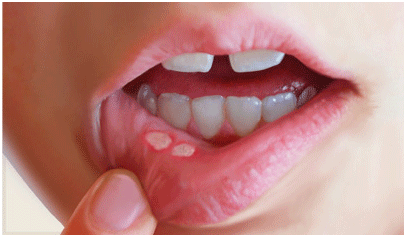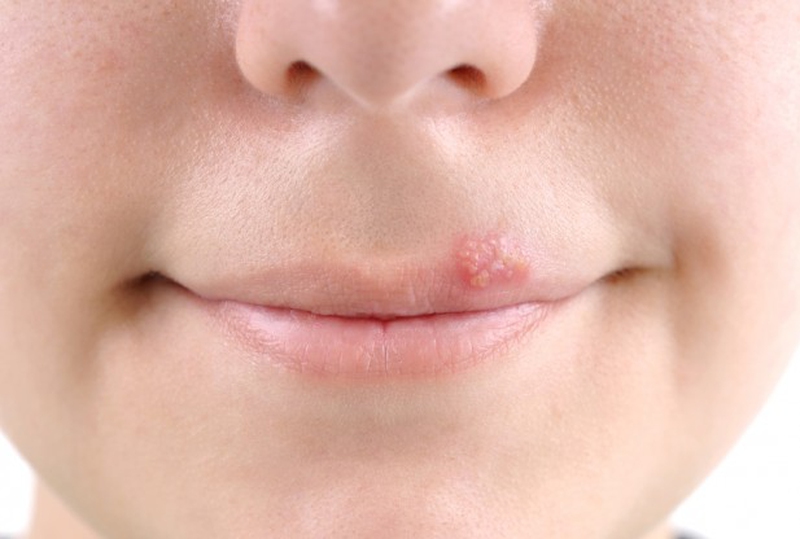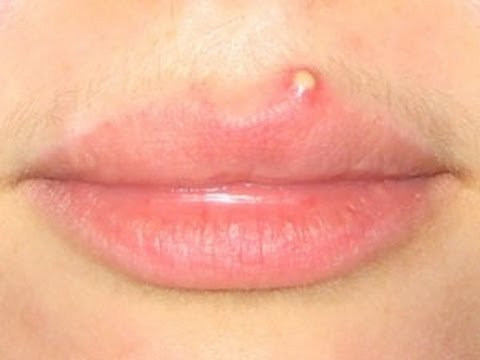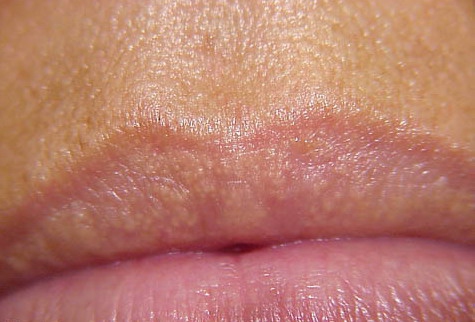Tiny bumps on lips can be caused by various things that range from mild to serious. There are cases where bumps on lips may just be acne brought about by poor skin health or hormonal imbalance. There are other cases where they are an indication of an underlying condition. When there are bumps on your lips, it is important that you note the bumps’ general characteristics such as their size. This will make it easy for your doctor to determine their cause and enable them to rule out any serious illness.
What Are These Bumps on My Lips?
Canker sores
These are small, painful, white or clear-looking ulcers that appear around the mouth and they last for about one week. They mostly appear in people aged 10 to 30 years. They also often occur where a previous cold sore was or where a person bit the inside of the gums, lips or cheeks. Canker sores can also be found at the roof of the mouth or tongue. They usually don’t contain fluid and are flat.
Prior to their appearance, the person may experience a burning or tingling sensation. Certain vegetables and acidic fruits and stress can worsen the canker sores. Many people experience canker sores 3 to 4 times each year. If they occur more times than that, it may be indication of malnutrition, ulcerating gastrointestinal disease or Crohn’s disease.
Cold sores
Also called fever blisters, cold sores are small blisters found on the lips and surrounding the mouth. The skin surrounding the blisters is often sore, swollen and red. The blisters normally break open, leak clear fluid then scab a couple of days later. Cold sores normally last a few days to two weeks. Most of the times, cold sores heal by themselves in a few days.
At times, small children start to drool before the sores appear. Treatment includes ointments, skin creams and sometimes pills. Here is more on cold sores and home remedies:
Benign conditions like acne
Pimples can start forming at the edge of lips. They are sometimes painful but normally disappear after a few days.
Acne pimples mostly form on the skin that is next to the lips and normally resemble that on other areas. They may also have white heads or form under your skin and resemble a white bump. There are times when the bumps are painful because lips are sensitive. People with such bumps can try applying a warm compress on the bump to reduce the swelling and help it disappear faster.
Fordyce Spots
It is sometimes mistaken for an STD symptom, but even so it is harmless and not contagious. They appear as white or yellow-colored papules that are variants of sebaceous glands, which are found in the hair follicles.
Contact dermatitis
Papules or small lip blisters can form when a person experiences an allergic reaction to specific toothpaste or foods. Skin reactions to the oils that are found in some fruits like the mango can also produce papules or a rash on your lips.
Sunburn
Small bump on lips that has the same skin color as the lips can also be caused by too much exposure to UV light or the sun. When there is frequent exposure to direct sunlight and not enough protection, the salivary glands get injured. The glands experience minor swelling, which causes a bumpy and sandpaper-like feel.
Skin tags
This is a harmless skin growth believed to start forming when there is repeated friction. Skin tags form in various body parts and may look like the lip bump. They are normally small bumps on lips, round and resemble the skin in terms of color. Even though they are not painful, they can be embarrassing or cause annoyance. There are several techniques dermatologists use to remove skin tags like cutting, burning or freezing them.
Can bump on lips be oral cancer?
Oral cancer may come with many symptoms which include bump on lips, throat and mouth area. More specific symptoms include hard lip lumps and open lip sores. Lip cancer risk factors include excessive tobacco or alcohol use and precancerous conditions like leukoplakia. If left untreated or goes undetected, oral cancer can be fatal. Regular dental checkups will help in early detection as well as early treatment.
When to see a doctor
Make an appointment with your dentist or doctor if you experience persistent symptoms that bother you and last for over two weeks. The doctor is more likely to examine for other common causes of the symptoms.






View All Comments /Add Comment